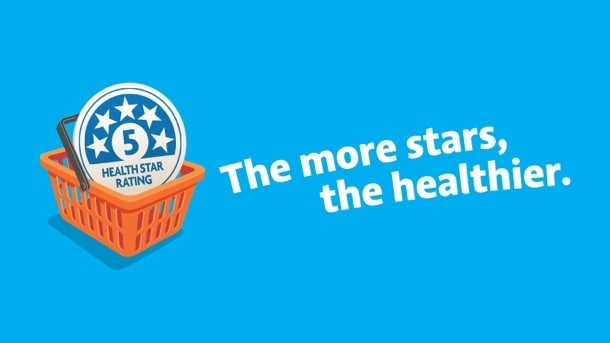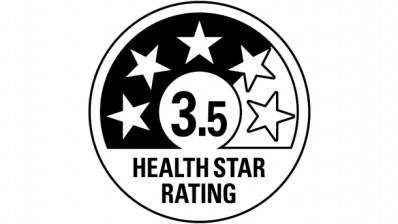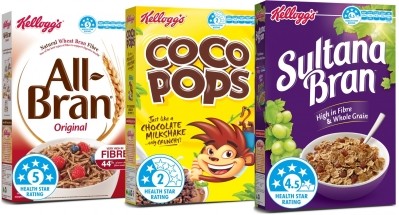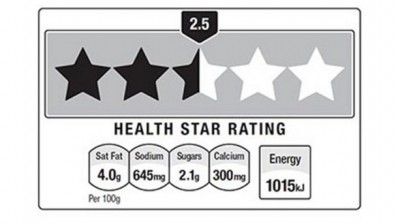Experts take sides as NZ prepares to promote Health Star labelling

The voluntary labelling system uses star ratings of 0.5 to 5 stars to measure the overall nutritional content and healthiness of packaged foods.
Foods that are lower in saturated fat, sugar or sodium, and/or higher in fibre, protein, fruits, vegetables, nuts or legumes will gain more stars.
The campaign will help to increase consumers’ understanding and awareness, health minister Jonathan Coleman claimed: “The Health Star rating takes the guesswork out of reading nutrition labels when buying and choosing food. It helps parents and caregivers make better informed, healthier choices.”
With overweight and obesity are expected to overtake tobacco as the leading preventable risk to health in New Zealand in the next 12 months, the front-of-pack labelling system was part of health plan launched by the government last October.
There is strong support from manufacturers and retailers for Health Star ratings, said Katherine Rich, chief executive of the Food and Grocery Council, which represents manufacturers and retailers.
“Not everyone understands nutrition panels, so this quick and easy solution on the front of packs will make it easier for shoppers to identify more healthy choices, and we’re confident that once they see how easy it is, they will embrace it.
“Many FGC members have committed to using the scheme and we estimate that there are now more than 1,000 products with Health Star ratings on their packaging.”
Rachael McLean, senior lecturer in public health and nutrition at the University of Otago, said that changes to nutrition labelling would ideally deliver a more healthy overall food supply, though there is only limited research into its effectiveness.
Dr McLean said: “It is important that that it be comprehensively and independently evaluated, and modified if problems are identified. If uptake by the industry is limited, mandatory labelling should be considered.
“While there is evidence that front-of-pack interpretive labels [using graphics or symbols] result in some consumers making healthier choices, these also encourage food producers to re-formulate their products to get better ratings.”
Yet there are caveats to the method. According to Elaine Rush, professor of nutrition at AUT University.
“The system is based on nutrients, and apart from the fruit, vegetable and nut content, these can be manipulated to fit the cut off criteria to get more stars” she said.
“There is no information on the front of pack about what the ingredients are in the product, for example additives and preservatives, and how highly processed the product is – how much of the sugar is part of the ingredients (naturally present in milk, dried fruit) and how much has been added.”
The ratings were developed by the government in collaboration with public health experts, the food industry and consumer groups.











